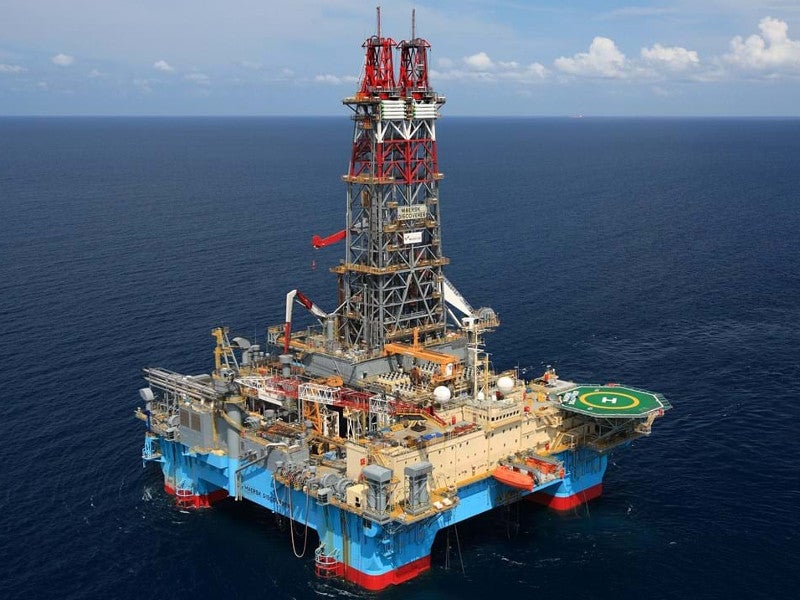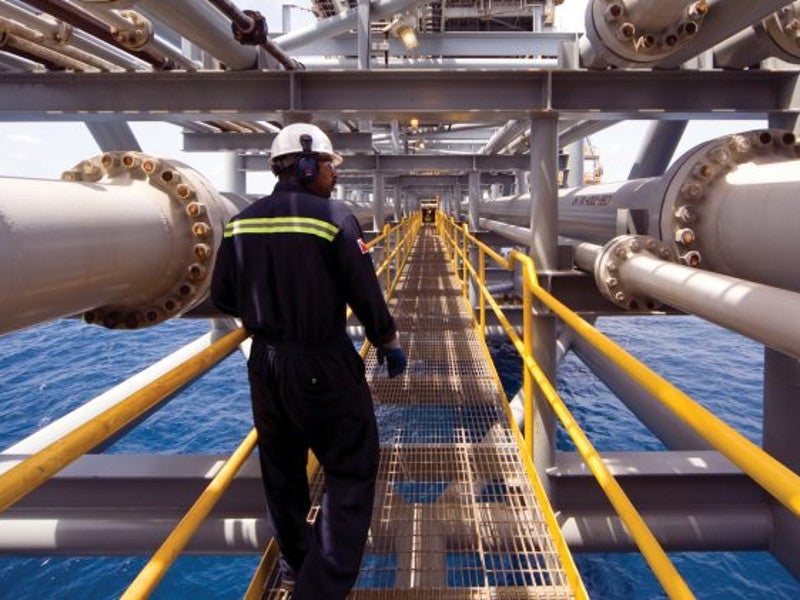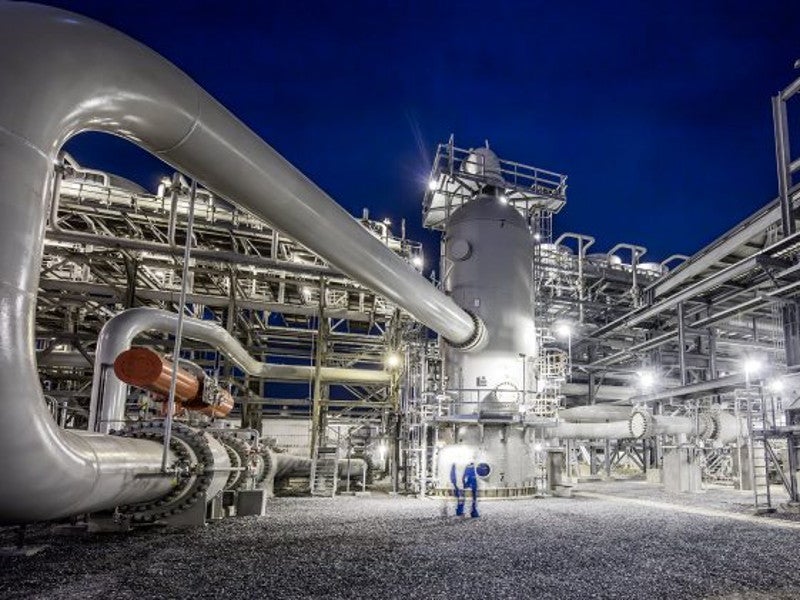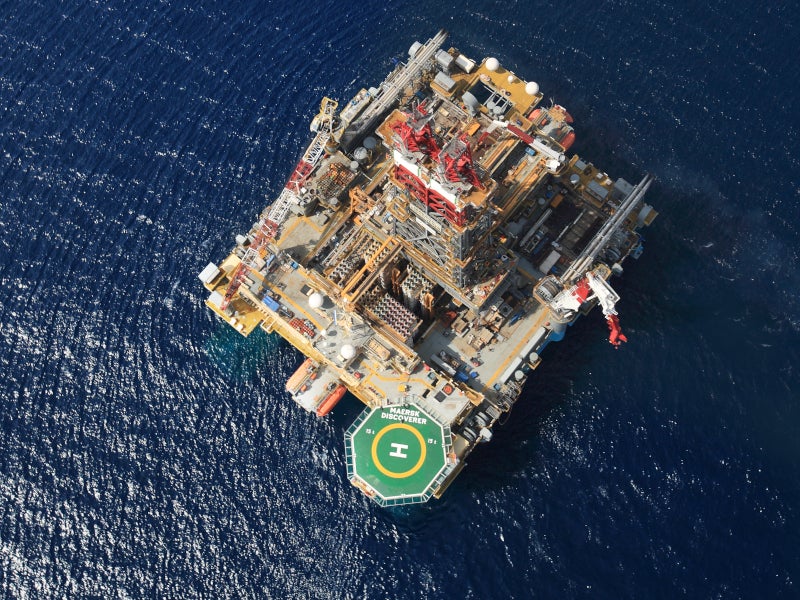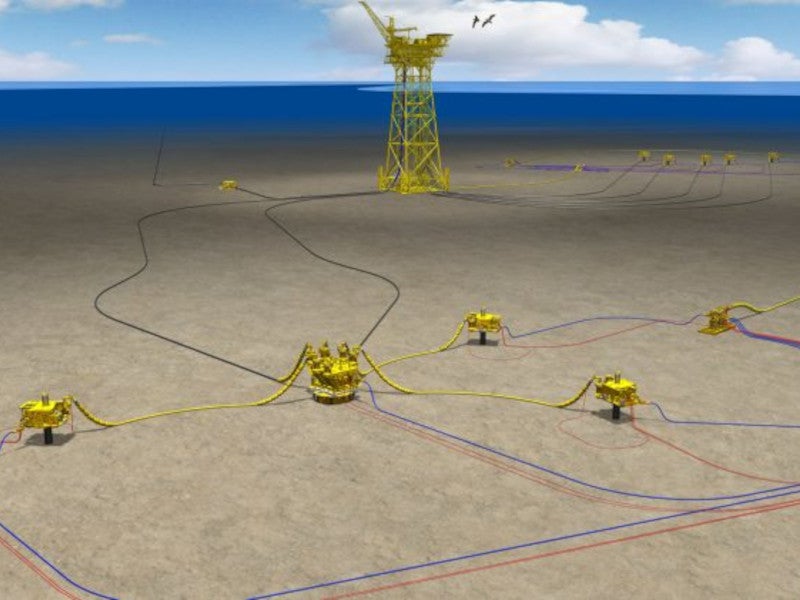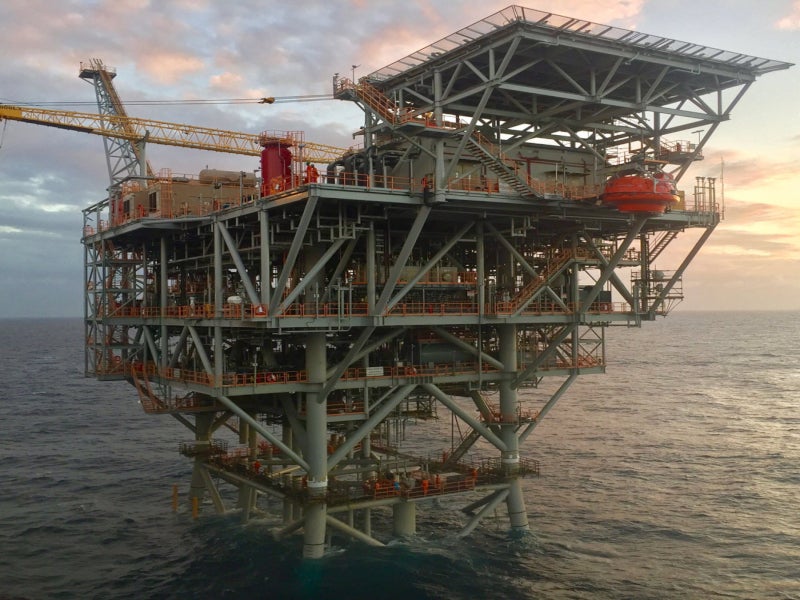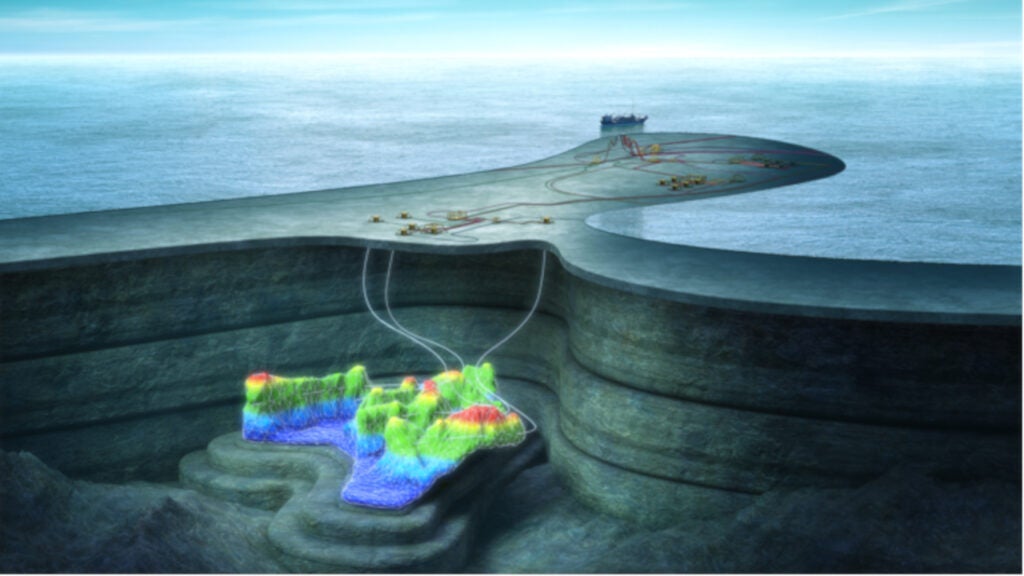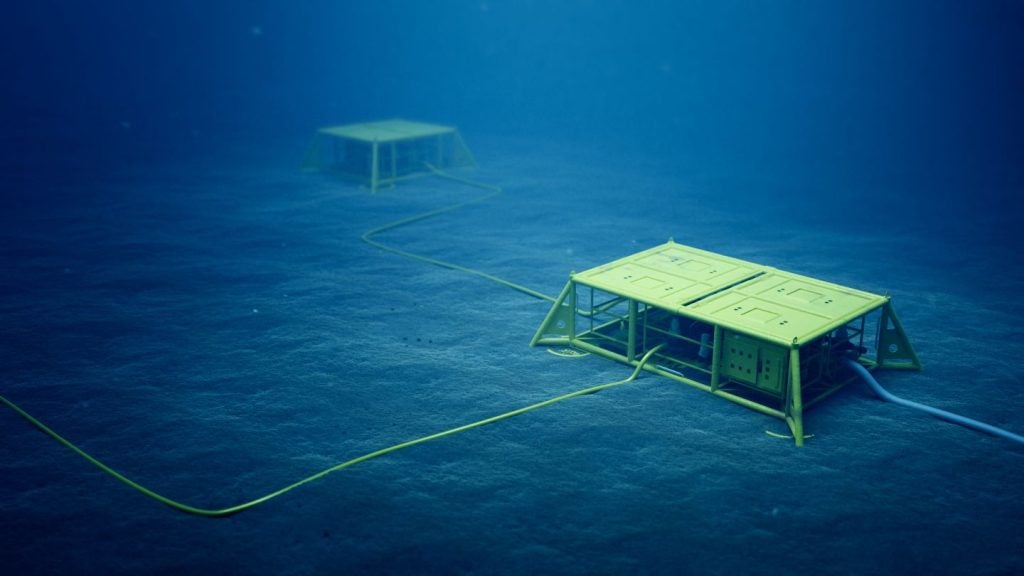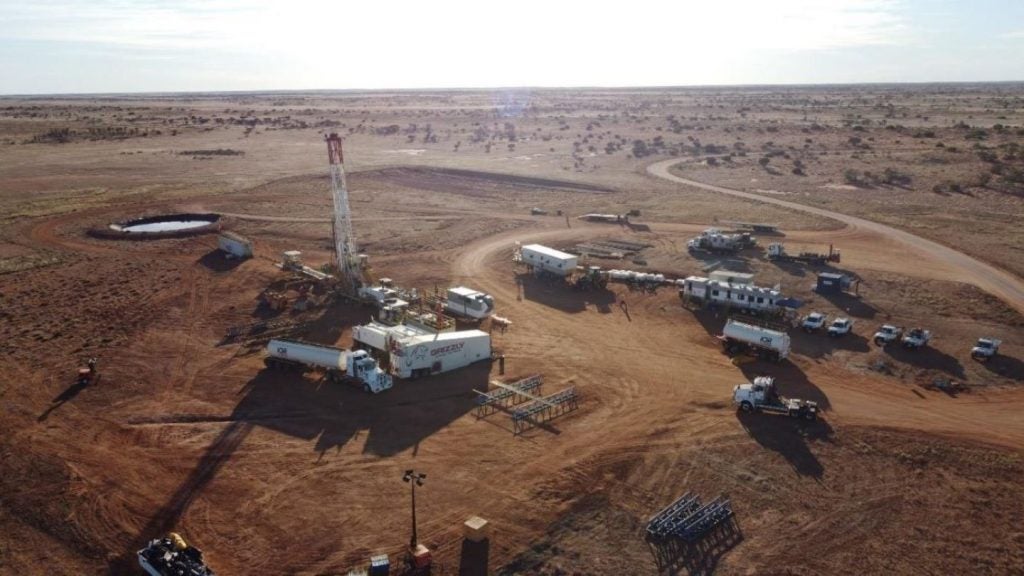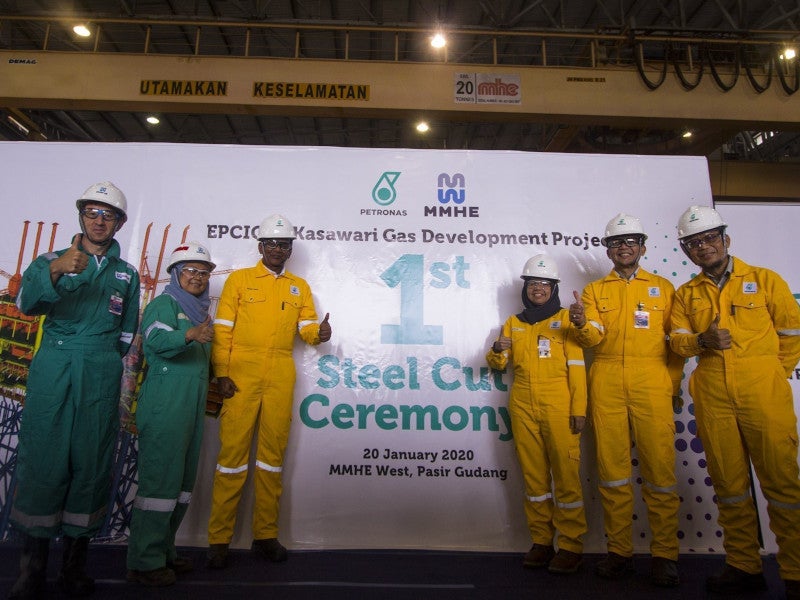The Matapal project is an offshore gas project located off the coast of Trinidad and Tobago at a water depth of 163m.
The project is 100% owned by BP Trinidad and Tobago (BPTT), which is a consortium of BP (70%) and Repsol (30%). BPTT discovered gas resources offshore Trinidad in June 2017 with the drilling of the Savannah exploration well, which was developed under the Matapal gas project. BPTT approved the development of the gas project in December 2018.
Drilling activities for the project started in October 2020. Matapal came online in September 2021, ahead of the planned date of 2022.
The initial production capacity of the project is estimated to be between 250 million metric standard cubic feet per day (Mmscfd) and 350Mmscfd.
Location and geology
The project is located in the East Block of the Columbus Basin, approximately 80km offshore the south-east coast of Trinidad.
The Columbus Basin contains two primary structural trends, anticlines trending towards east-north-east and normal faults oriented towards north-north-west. The late Miocene Lower Cruse Formation is believed to be the source of the oil in the basin, while gas is found in Pliocene-Pleistocene pro-delta shale rocks.
The extensional faults were partly responsible for the migration of the hydrocarbons to the Pliocene-Pleistocene reservoirs.
Discovery
The Savannah exploration well was drilled into a fault block situated to the east of the Juniper gas field, at a water depth of 163m, in 2017. Drilled by the Ocean Victory semi-submersible rig, the exploration well encountered hydrocarbon reservoirs in two intervals, containing net pay of approximately 650ft.
BPTT employed seismic processing and ocean bottom cable (OBC) seismic acquisition technologies to enable enhanced imaging of the reservoirs in the Columbus Basin.
The discoveries made with the Savannah and Macadamia exploration wells were estimated to have approximately two trillion cubic feet (tcf) of gas in place.
Matapal gas project development details
The project involves the development of a three-well subsea tie-back to the existing production facility at the Juniper gas field, which will reduce the development expenses and related carbon footprint. The hydrocarbons from the field are transferred to the Juniper platform through two 9km-long infield flexible flowlines.
The Maersk Discoverer semi-submersible drilling rig was deployed to undertake drilling activities at the Matapal field.
Drilling rig features
The Maersk Discoverer is a DSS-21 self-propelled A1 column-stabilised, dynamically positioned, deep-water rig, which can operate in water depths of up to 10,000ft.
The rig can drill to a maximum depth of 32,800ft and features a 15,000psi blowout prevention (BOP) system, dual pipe handling system and Favelle Favco deck crane. It also features a 3.5t pipe handling knuckle boom crane and four Wirth 14-P-2200 7500psi triplex mud pumps.
Contractors involved
Maersk Drilling was awarded a three-well contract in December 2019. The $78m contract covers development drilling at the Matapal project for a period of 322 days and includes an option for an additional well.
Peterson and OneSubsea provided logistics services for the project. The North Sea Atlantic advanced subsea construction vessel was used to install the subsea infrastructure for the project.
BPTT in Trinidad and Tobago
BPTT is the biggest natural gas producer in Trinidad and Tobago. The company’s gas production represents approximately 55% of the country’s production.
The company is involved in several other gas projects offshore Trinidad, including the already producing Angelin field as well as the Juniper gas field. It expects to begin production from the Cassia Compression project in 2022.
The company holds exploration and production licenses and production-sharing contracts covering more than 1.6 million offshore acres of the country’s east and north-east coast. It operates 15 offshore platforms and two onshore processing facilities that produce gas and associated liquids.

